Osaka Metropolitan University researchers have discovered yeast cell wall proteins exhibit emulsifying action, offering alternative to emulsifiers derived from milk and other known allergens
From Osaka Metropolitan University 21/12/24 (first released 16/12/24)
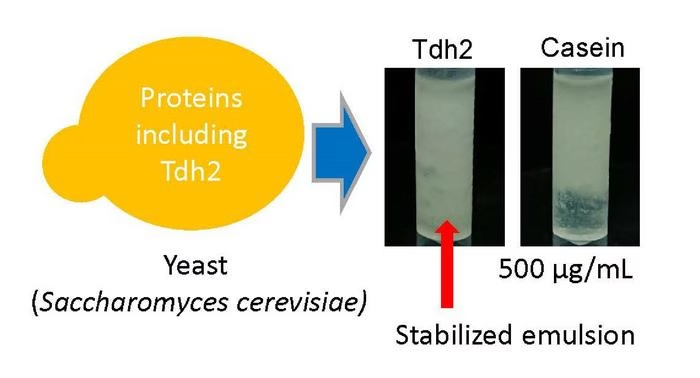
Mention emulsifiers and many people might be unaware what they are used for, but they are present in many daily products, from food to cosmetics.
They keep substances that don’t usually mix, like water and oil, from separating and are either synthetically made or derived from milk, eggs, and soybeans, which are known as major food allergens.
Thus, Osaka Metropolitan University researchers are looking at yeast proteins as emulsifiers.
A research group led by Graduate School of Engineering Professor Masayuki Azuma and Associate Professor Yoshihiro Ojima previously showed that three yeast cell wall proteins (Gas1, Gas3, and Gas5) have high emulsifying activity.
However, they are strongly bound and anchored to the cell wall, so this time they found emulsifying proteins that can be easily freed from the yeast.
Of these proteins, Fba1 showed the strongest emulsifying action.
On the cell surface there also reportedly exists the protein Tdh2, which in the experiments displayed properties as strong as that of Fba1 and comparable to that of casein, a commercial emulsifier usually derived from milk.
“The identification of the major emulsifying proteins in yeast cell wall components is expected to promote the use of these yeast extracts,” stated Professor Azuma.
“By increasing the productivity of the identified proteins, we expect that they can be applied as purified emulsifying proteins.”
The findings were published in Food Hydrocolloids.
More info
You may also be curious about:
-
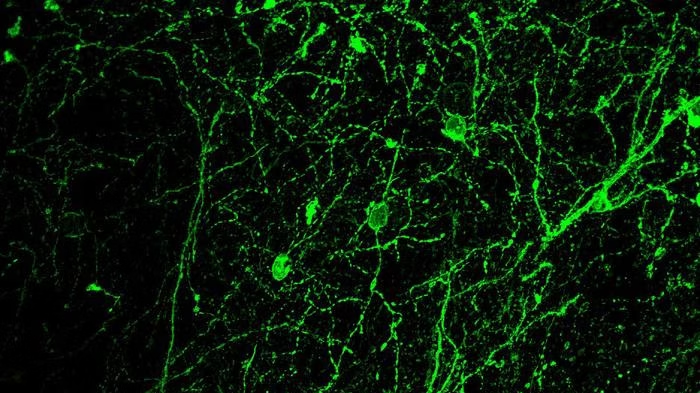
New insights into brain mechanisms underlying empathy
-
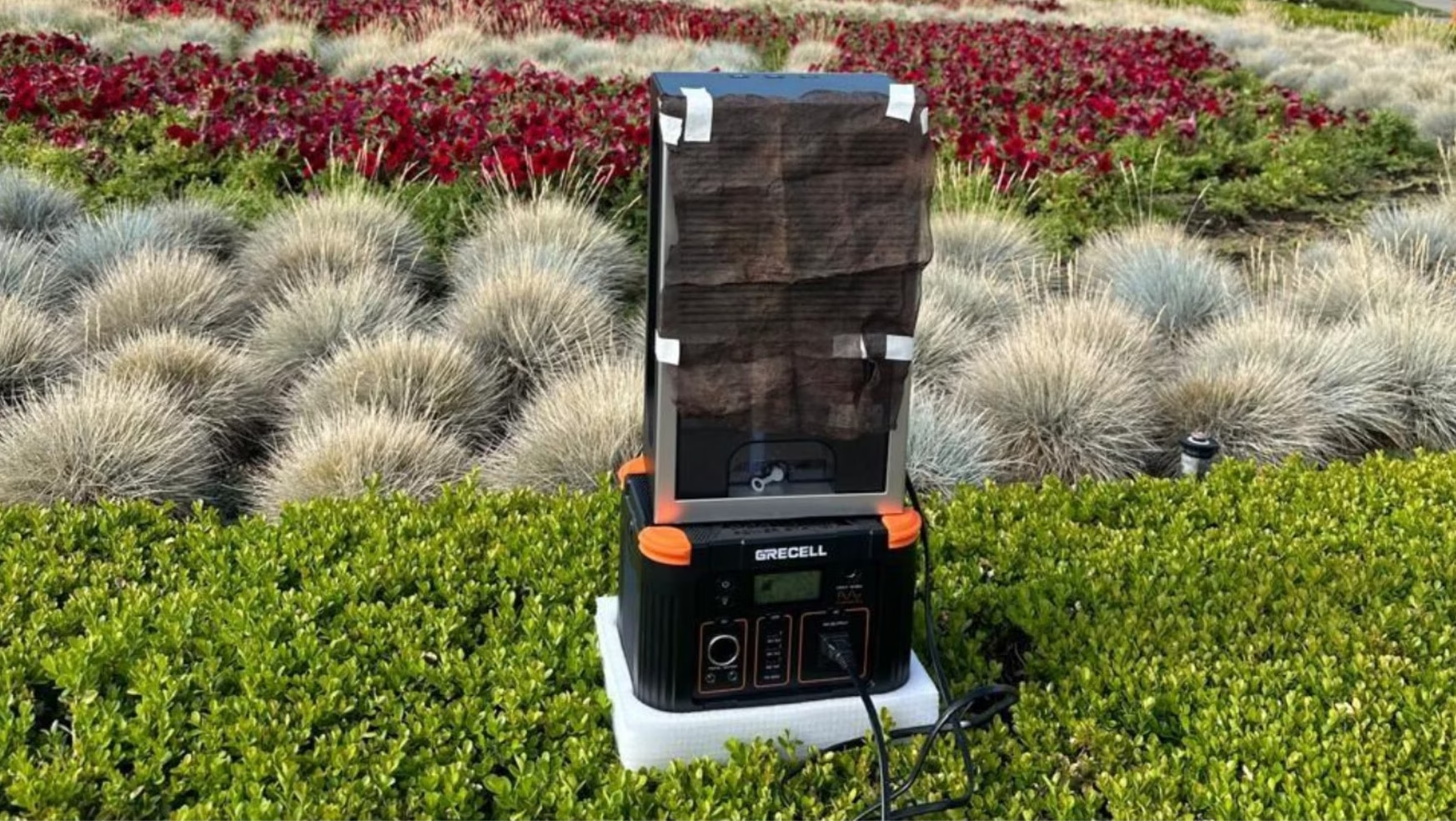
New device produces critical fertilizer ingredient from thin air, cutting carbon emissions
-

Intermittent fasting could inhibit hair regeneration
-

Printed e-tattoo ink-credible at reading brainwaves
-
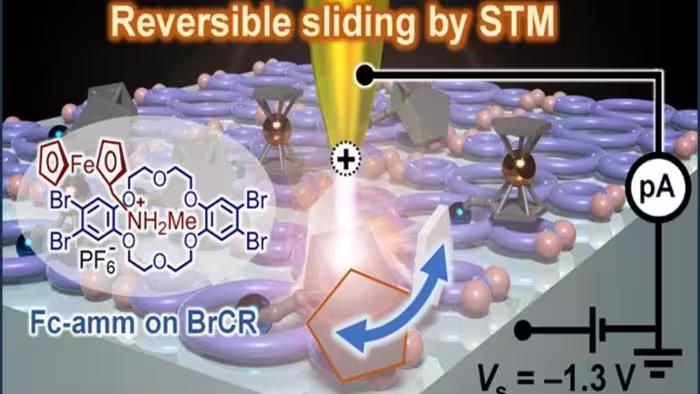
Scientists create the world’s smallest molecular machine
-

Learning through noninvasive manipulation of brain activity patterns
-

Rats on cocaine: When aversion is not enough
-

Shape-changing device helps visually impaired people perform location task as well as sighted people
-
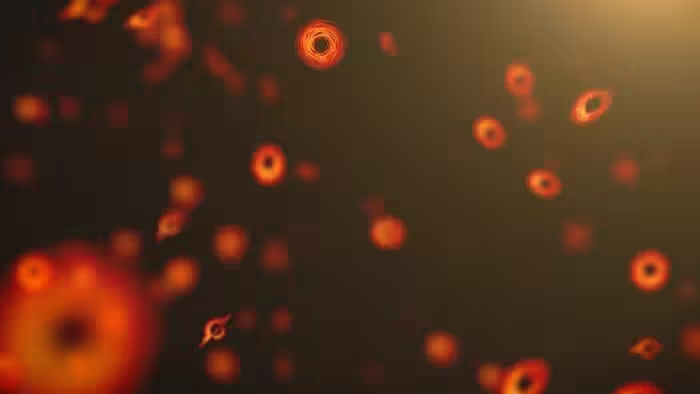
Evidence of primordial black holes may be hiding in rocks on Earth
-
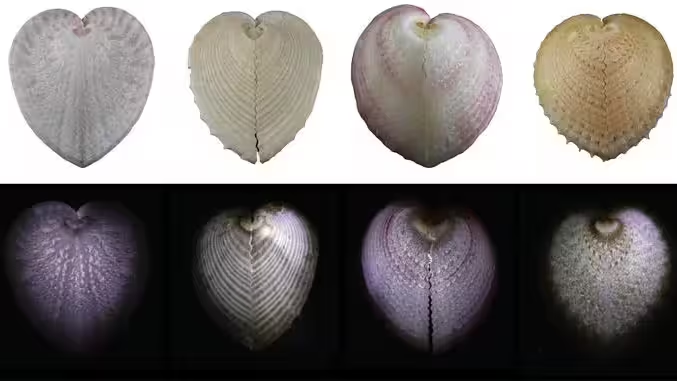
To build better fibre optic cables, ask a clam
-
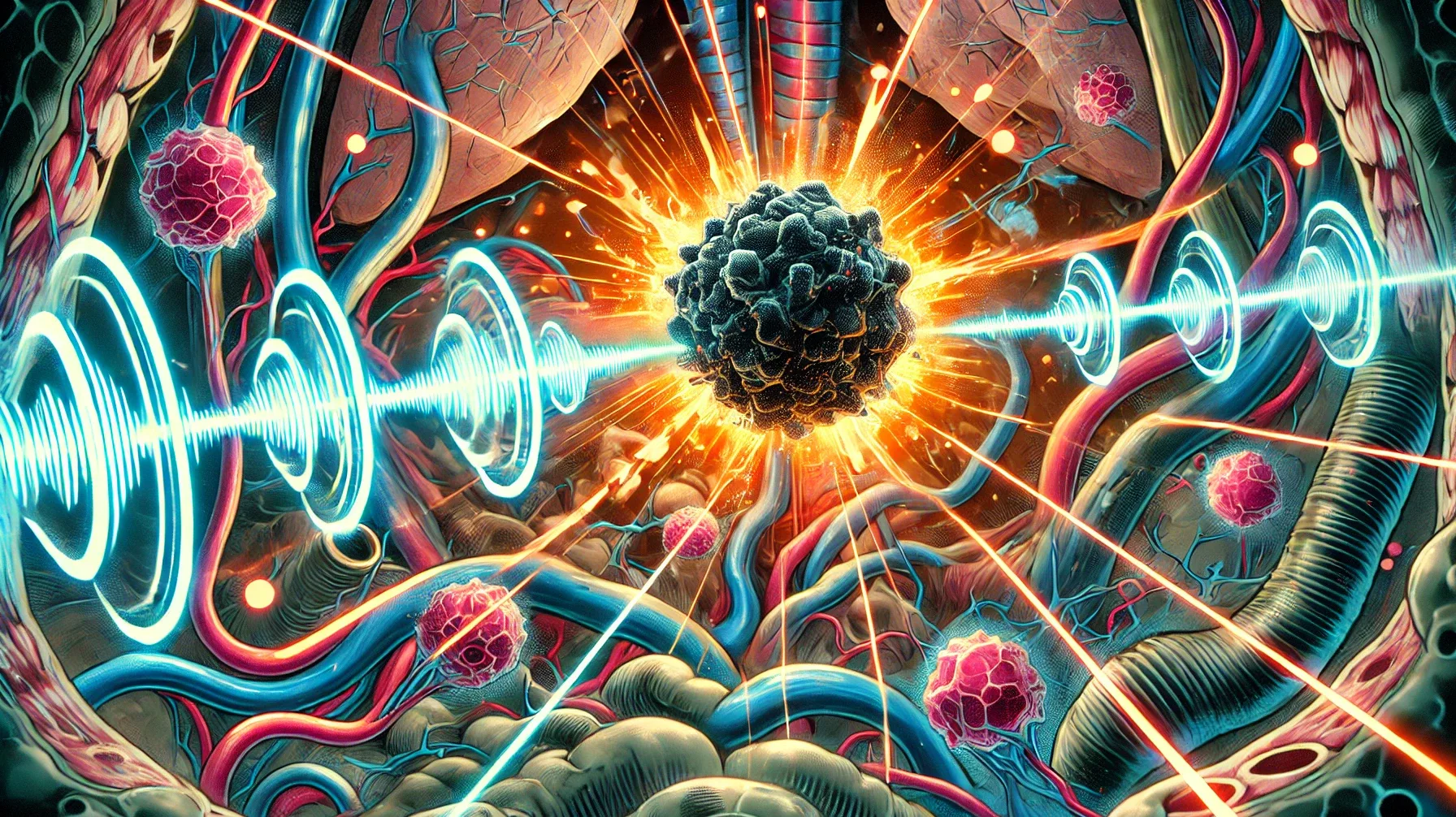
New CRISPR toolkit to allow remote-controlled ultrasound gene editing
-

The heart has its own ‘brain’
